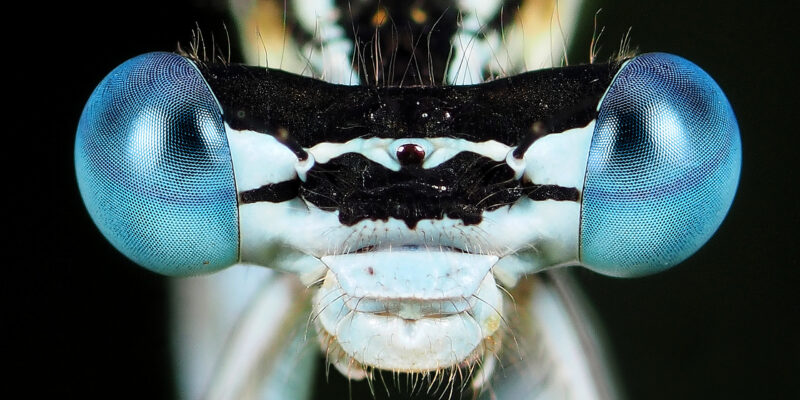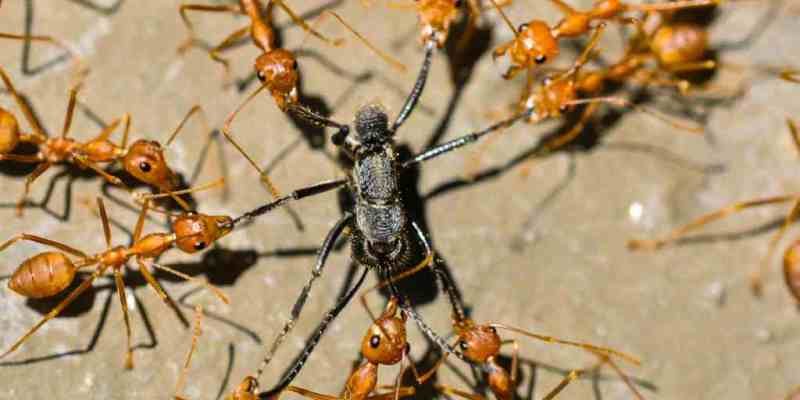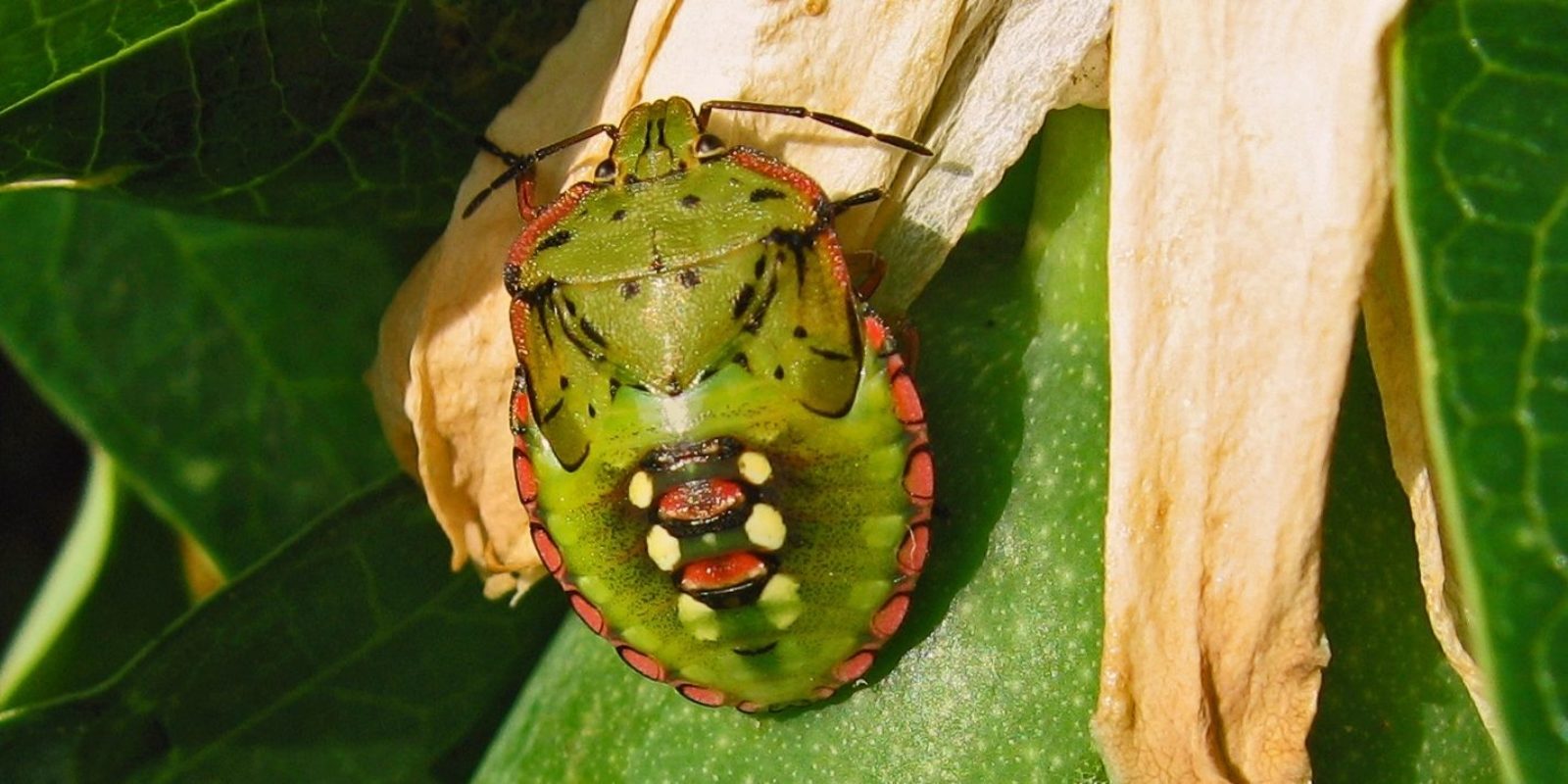
True bugs
Unfortunately there is an increasing tendency to call any insect a ‘bug’, so the term ‘true bug’ has to be used to signify a hemipteran.
Although the affinities of the Hemiptera with other insect orders need further clarification, there is no doubt about the monophyly of the order. The formation of the mouthparts into the elongated rostrum is unique to the Hemiptera and is not found even in other groups with sucking mouthparts. The mandibles and maxillae are modified into long pointed stylets, while palps are entirely lacking; the labium forms an almost complete tube containing the stylets, with the labrum closing off the remaining gap in the rostrum, and the latter is usually directed backwards underneath the head. These extreme modifications are adapted for piercing and sucking liquids from plant tissue, nearly always vascular plants, although some families have become predatory.
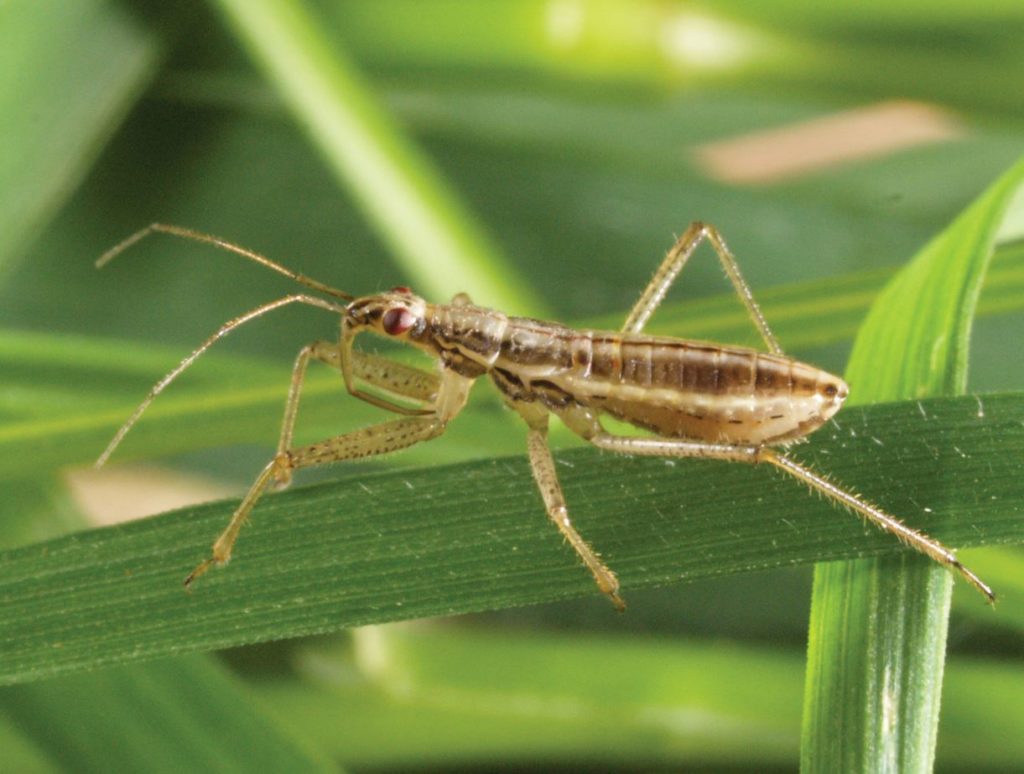
Such a limited feeding method might be expected to limit the diversity of the hemipteran evolution, both morphologically and biologically, but in fact the order is very diverse with members showing a wide variety of life-styles. Bugs can be found in most terrestrial and freshwater habitats; some are even marine, and many are well-known as horticultural pests, either causing direct damage to plants or transmitting virus diseases.
Aphids are one of the best-known groups, with around 4000 species worldwide, of which about 250 are serious pests. The plant sap on which they feed is high in sugars, but low in proteins, so aphids have to ingest large volumes of sap to get a balanced diet. This leads to the production of honeydew, a sugary excretion, which can also provide a substrate for sooty moulds. Aphids can reproduce parthenogenetically (asexually) for much of the time, with each female producing a series of genetically identical offspring.

The Hemiptera are clearly a hemimetabolous group, with nymphal stages showing a gradual adult-like appearance, but some of the Sternorrhyncha such as whiteflies and scale-insects have an abrupt change in morphology at the stage between the nymphs and the adult, effectively a pupa, which confused early authors trying to classify this group.
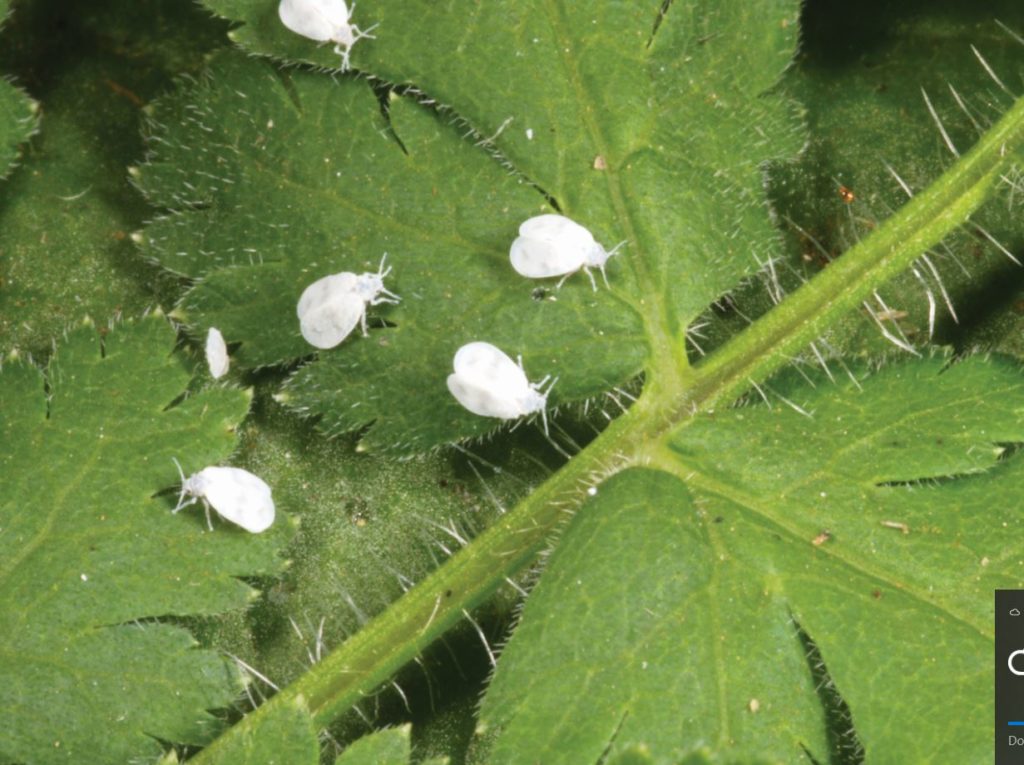
The higher classification of the group is reasonably stable within Europe but there are major differences in opinion on each side of the Atlantic. For anyone studying the Hemiptera on a wider scale it is important to understand how the two different systems relate to each other. Traditionally in Europe the order was divided into two suborders, the Heteroptera and Homoptera, with the latter divided into the Auchenorrhyncha and Sternorrhyncha. It was then recognised that the Homoptera did not form a monophyletic group so, for a time, three suborders were recognised: Heteroptera, Auchenorrhyncha and Sternorrhyncha.
The latest view is that the Auchenorrhyncha are not monophyletic, so the system adopted here is to use four suborders: Heteroptera, Cicadomorpha, Fulgoromorpha and Sternorrhyncha. In the USA, the Heteroptera are combined with the southern hemisphere group Coleorrhyncha to form the suborder Prosorrhyncha; the Auchenorrhyncha are retained as a single unit, as are the Sternorrhyncha, though some of these are occasionally regarded as orders, not suborders.

Notonecta with its trapped air supply Credit Roger Key 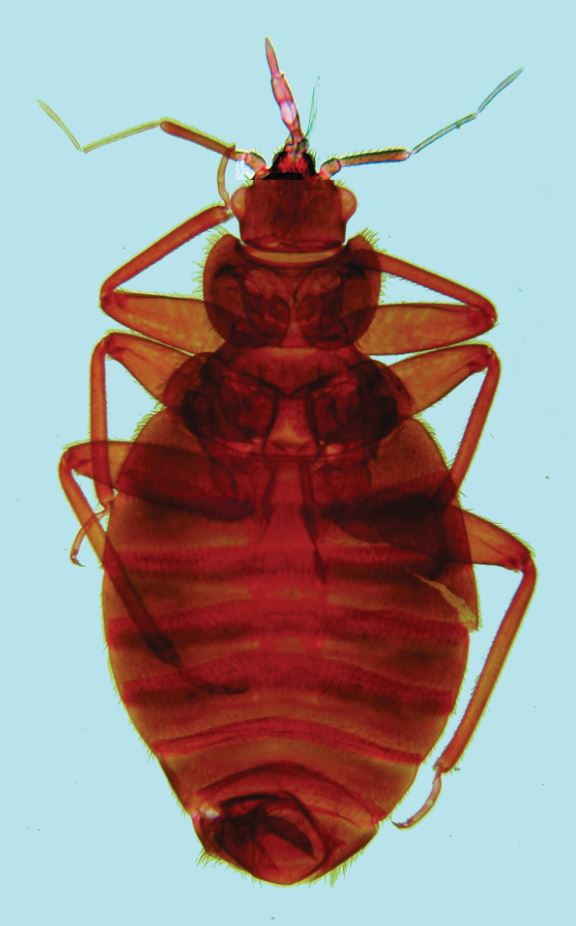
Bed-bug Cimex lectularius Credit Peter Barnard
Well-known groups of bugs include the bedbugs, water-boatmen, pondskaters, shieldbugs, froghoppers, cicadas, leafhoppers, whiteflies, aphids and scale insects, many of which are plant pests in both agricultural and domestic environments.

Picromerus bidens Credit Roger Key 
Reduvius personatus Credit Roger Key
Worldwide there are around 100,000 known species in 104 families; in Britain there are about 1,830 species in 63 families.
Identification help

